Конспект урока английского языка в 9 классе по теме: «Animals are in danger»
Ход урока:
Организационный момент.
- Hello, students!
- I am glad to see you again.
- As you can see our lesson is very unusual today.
- Say “hello” to our guests and let’s start the lesson.
Целеполагание, сообщение задач урока, мотивация учебной деятельности.
- So, students, look at the screen and read the quotation of the famous English novelist John Galsworthy.
(“If you don`t think about the future, you will not have it”– John Galsworthy)
- Ready?
- Now try to mach the quotation with the pictures at the blackboard and tell the topic.
- What are we going to talk about today?
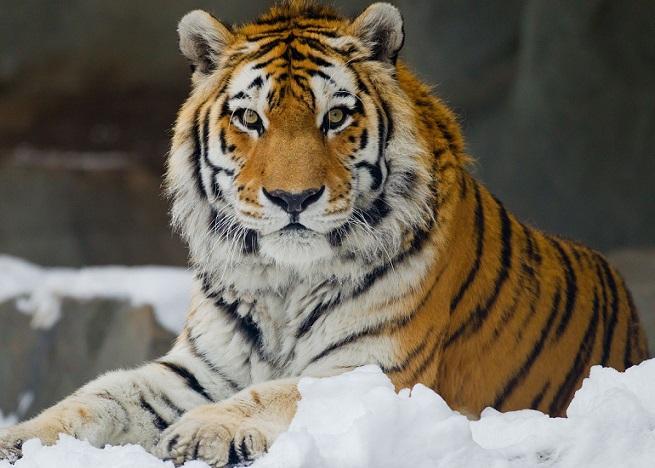
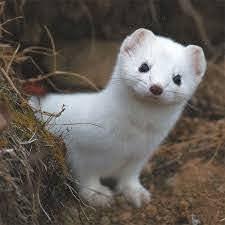
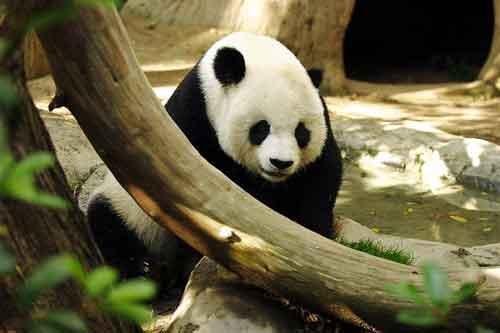

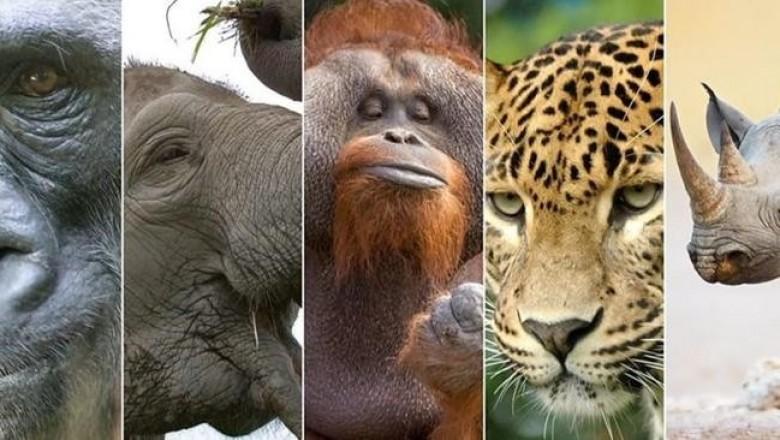
Систематизация изученной лексики.
- Well-done, students.
- Today we’ll talk about the endangered species.
- OK, so now open your books on page 38: look at the pictures, look at the first task and match the animal and the term.
(Учащиеся распределяют картинки с животными по группам: млекопитающие, насекомые, птицы)
4. Аудирование + работа с текстом.
- Thank you, students.
- Your answers were great.
- Now, we have another task.
- We have to listen to the monologue and answer two questions.
- Let`s divide into two groups.
- The first question is for the first group: What problems do animals face today?
- The second question is for the second group: What can we do?
(Учащимся предлагается запись текста, прослушав который необходимо заполнить таблицу и ответить на два вопроса:
С какими проблемами сегодня сталкиваются животные?
Чем можно помочь?)
| What problems do animals face today? | What can we do? |
| people are cutting down the trees in woodlands and forests; litter; | find out about habitats near our home; write letters to our local council; never throw rubbish in the streets; |
5. Работа в группах. Презентация совместной работы.
- Thank you, students.
- Good job.
- Do you see the tablets on your desks?
- Now we’ll watch some videos I prepared for you.
- Be ready to answer two questions after you watch them.
- Why all these animals are considered as endangered species?
- What can people do to preserve them?
(Просмотр видео. Задание – ответить на вопросы:
1. Почему эти животные находятся на грани вымирания?
2. Что можно сделать, чтобы не допустить этого.
Учащиеся смотрят видеозапись два раза и выбирают правильные ответы на вопросы. Затем группы по очереди обмениваются информацией.
Example: Snow leopards live in the mountains of Central Asia. They can jump 50 feet. They are killed by local farmers.
6. Говорение.
- In groups, summarize the content of the scene and perform it to other groups.
(Учащиеся выбирают двух представителей из группы и составляют краткий пересказ отрывка из фильма. Обмениваясь информацией, участники каждой группы задают вопросы.)
7. Подведение итогов. Рефлексия учебной деятельности.
Сегодня мы поговорили о животных, которые находятся на грани вымирания. Давайте попробуем ответить на четыре вопроса (вопросы на экране). Если на все или большую часть вы ответили «да», вы получаете отметку – 5. Если нет, нужно работать усерднее.
8. Оценка деятельности учащихся.
Your marks for today…
Homework: please do
Thank you for the lesson. Have a nice day.
9. Домашнее задание.
Написать эссе по теме «Что нам необходимо сделать, чтобы сохранить вымирающие виды. (p. 39, ex.7)

 Получите свидетельство
Получите свидетельство Вход
Вход




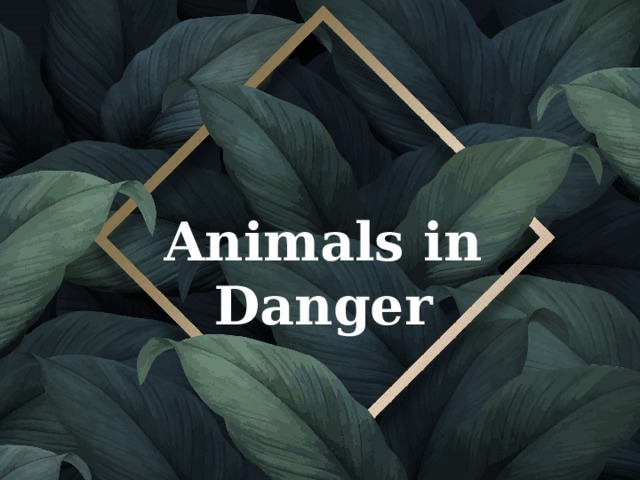
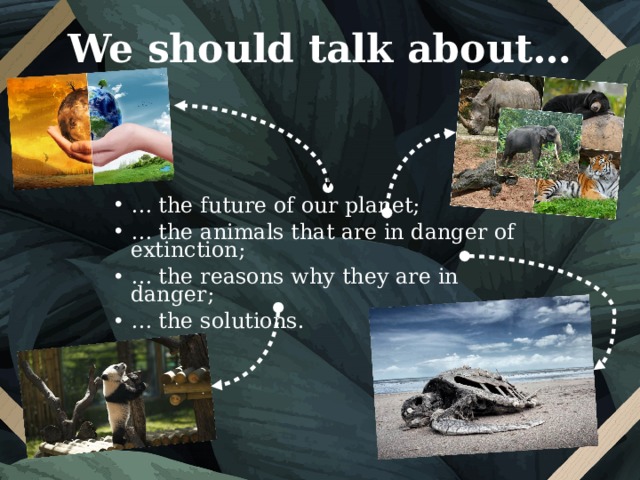
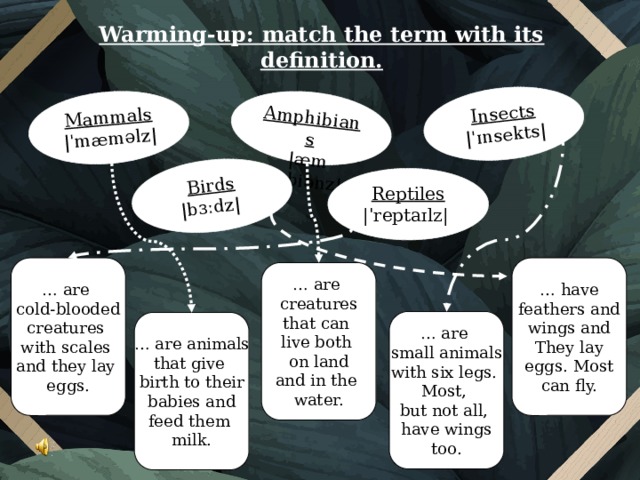
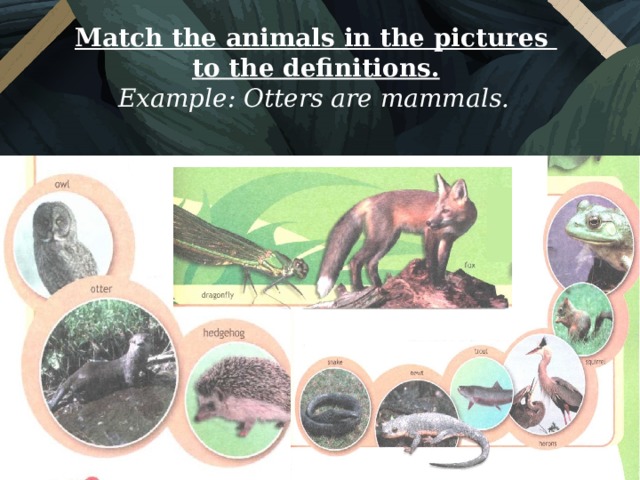
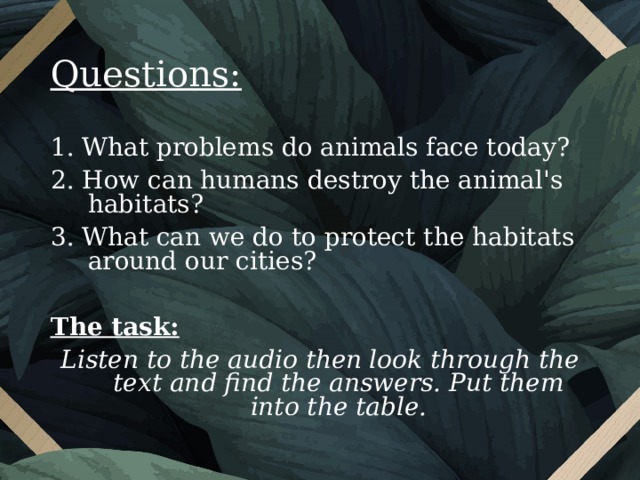
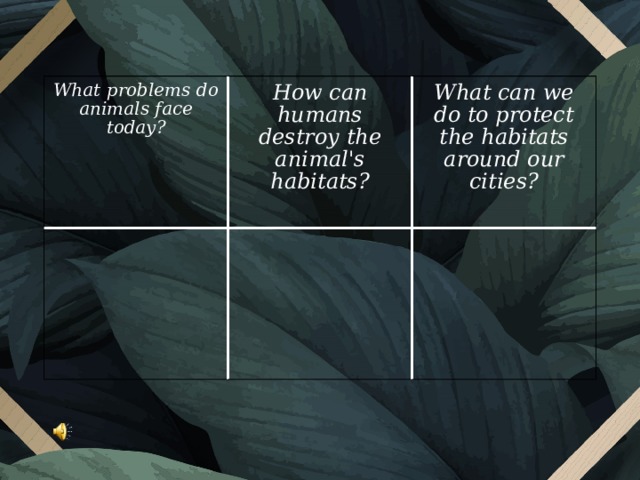
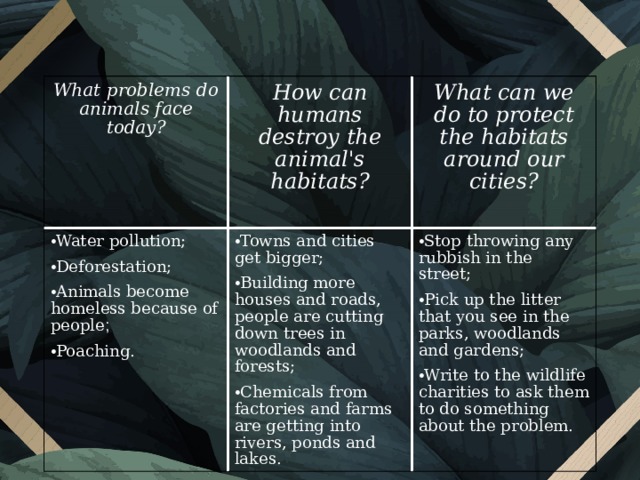
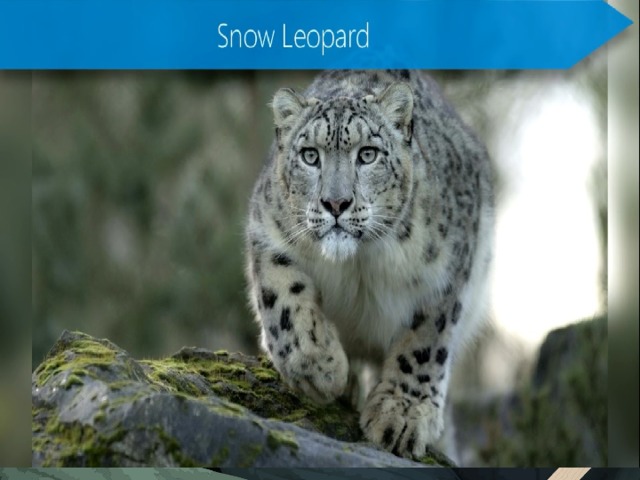
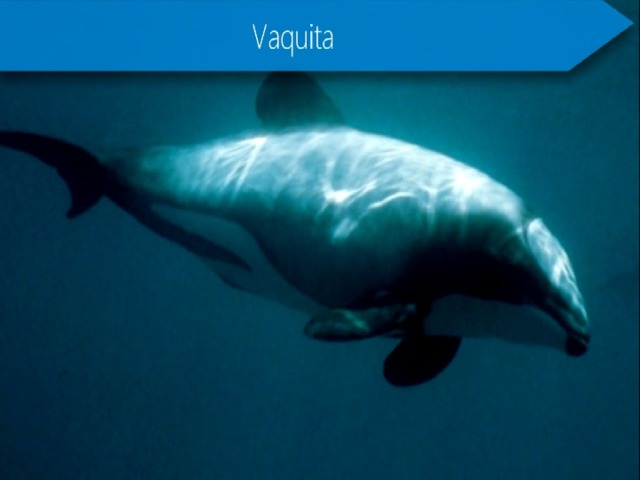
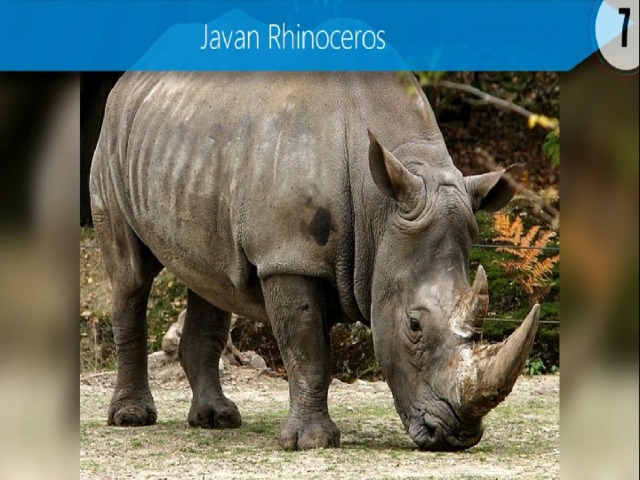
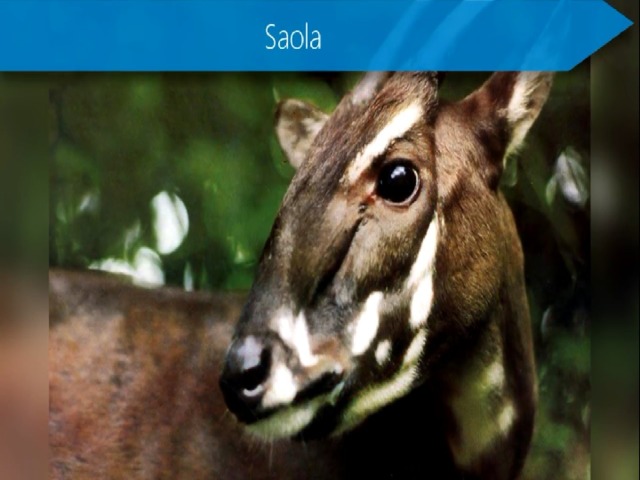
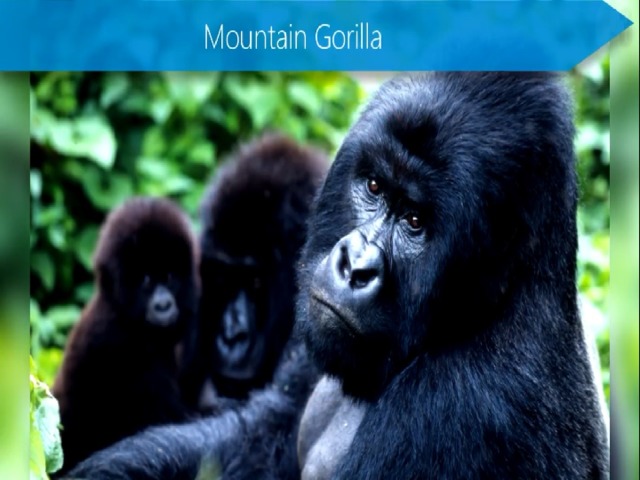

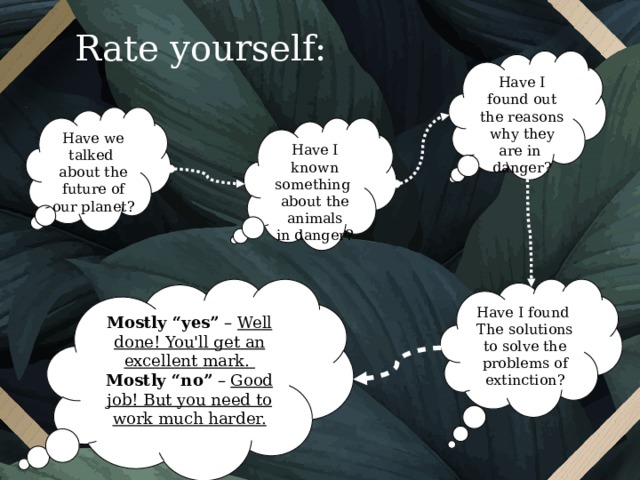










 Конспект урока английского языка в 9 классе по теме "В опасности" (3.51 MB)
Конспект урока английского языка в 9 классе по теме "В опасности" (3.51 MB)
 0
0 82
82 4
4 Нравится
0
Нравится
0


